Processing technology of wood-plastic decking
Tuesday, April 25, 2023The core material of WPC is composed of plastic and wood. The plastic mainly comes from recycled plastic bottles, plastic shopping bags, plastic cups, etc., which are cleaned and processed into polyethylene particles. In addition, the wood mainly comes from companies that specialize in the production of wood powder raw materials. In addition to the above two main materials, we also add a small amount of additives during the production process, mainly including stabilizers, lubricants and colorants.
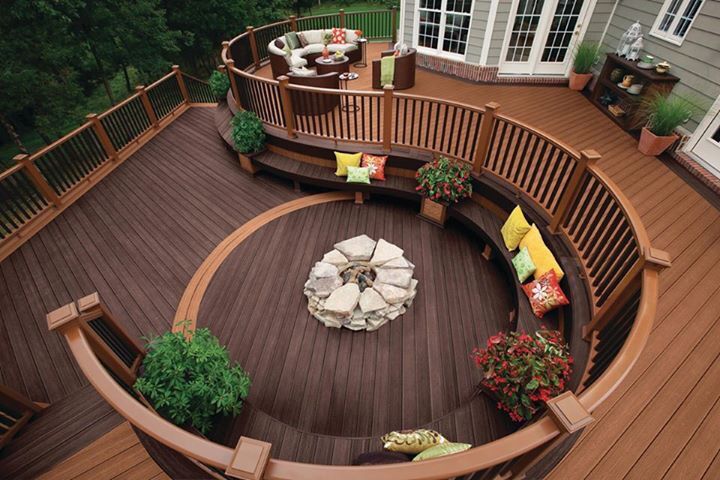
Preparation and selection of colorants
Generally, profile manufacturers do not prepare colorants themselves, but provide them through suppliers. Then manufacturers will communicate with suppliers to determine colorants that meet product color and quality requirements. First of all, both pigments and dyes should be non-toxic (no heavy metals, such as: lead, cadmium, etc.).
1.Preparation of colorant
According to experience, the method of plastic profile colorant is to make color masterbatch and then grind it. In this way, the two problems of poor dispersibility of masterbatch and flying of color toner are solved at the same time.
Because the color masterbatch is composed of polymer carrier, colorant, dispersant, etc., additives such as stabilizer, nucleating agent, and lubricant can be added if necessary. After the masterbatch is directly mixed with the compounding material, due to the difference in physical form or the influence of heat and shear force of the screw, the masterbatch may not be fully plasticized synchronously and form on the surface of the plastic profile. Wood-grain stripes (wood-grain profiles use this principle of asynchronous plasticization); if the color toner is directly mixed with the compound, the flying and cross-contamination are particularly serious during the mixing, and the mixing and extrusion The complete dispersion of the colorant cannot be guaranteed, because the toner, especially the organic pigment, has a great tendency to agglomerate, which will cause color bands on the surface of the profile during extrusion or color difference due to the lack of good coloring power.
The advantages of powder grinding after granulation: good dispersibility; no dust pollution; easy to clean the mixing pot when changing colors during production, and less waste; direct switching without stopping the machine during extrusion or continuous production after excessive use of blank materials, Produces less waste and is easy to recycle.
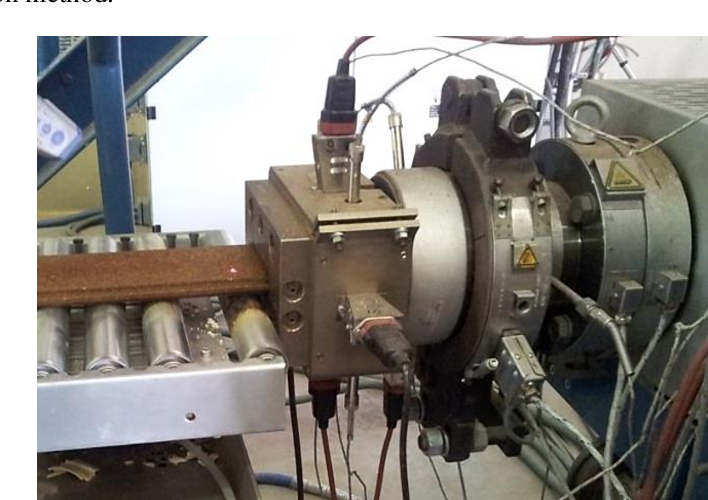
2.Selection of colorant materials
The selection of colorant materials should be based on actual needs. But practice has proved that only a small number of colorants can meet certain special requirements, and not every colored polymer can really meet the requirements. In actual operation, it often cannot meet its functional needs, and sometimes it is feasible to make some concessions, and it is quite normal. Each colorant has its own advantages and disadvantages, which are caused by its chemical properties to a certain extent. To achieve a certain effect, some functions must be lost.
1) Pigments and dyes are used together
The color of plastic products colored with pigments is the common effect of light absorption, reflection and scattering on the surface of pigment particles (crystallization), which is called Tyndall Effect (Tyndall.Effect), and the color is not very bright. The color of plastic products colored with dyes is only the combined effect of absorption and reflection, and the color is particularly bright. That is to say, in some cases, the same or different kinds of pigments and dyes need to be used together to achieve the effect.
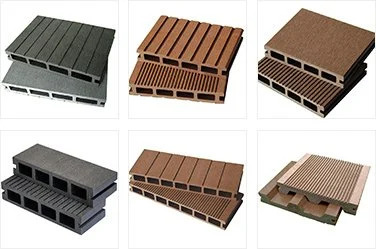
2) How to use titanium dioxide
Most masterbatch manufacturers add a certain proportion of titanium dioxide when preparing individual light-colored colorants, but the light fastness of some pigments or dyes is often affected, showing a downward trend, from the original 7-8 to 6 —Level 7. And all light-colored profiles containing titanium dioxide will whiten and appear light gray in the aging comparison test. However, the profiles produced with carbon black colorant without titanium dioxide will first turn yellow, then turn brown and black during the aging comparison test. This is because the crystal structure and chemical properties of these two substances determine the characteristics of their migration to the surface of the product, forming a hiding power for the natural color.
3) Metamerism
It is worth noting the metamerism that sometimes occurs with plastic profiles. Metamerism is the phenomenon in which two colored objects appear to be the same color in sunlight but slightly different in hue under artificial light (and vice versa). The principle of metamerism lies in the physical process of color production. The color of an object is the sum of several colorants used at the same time.
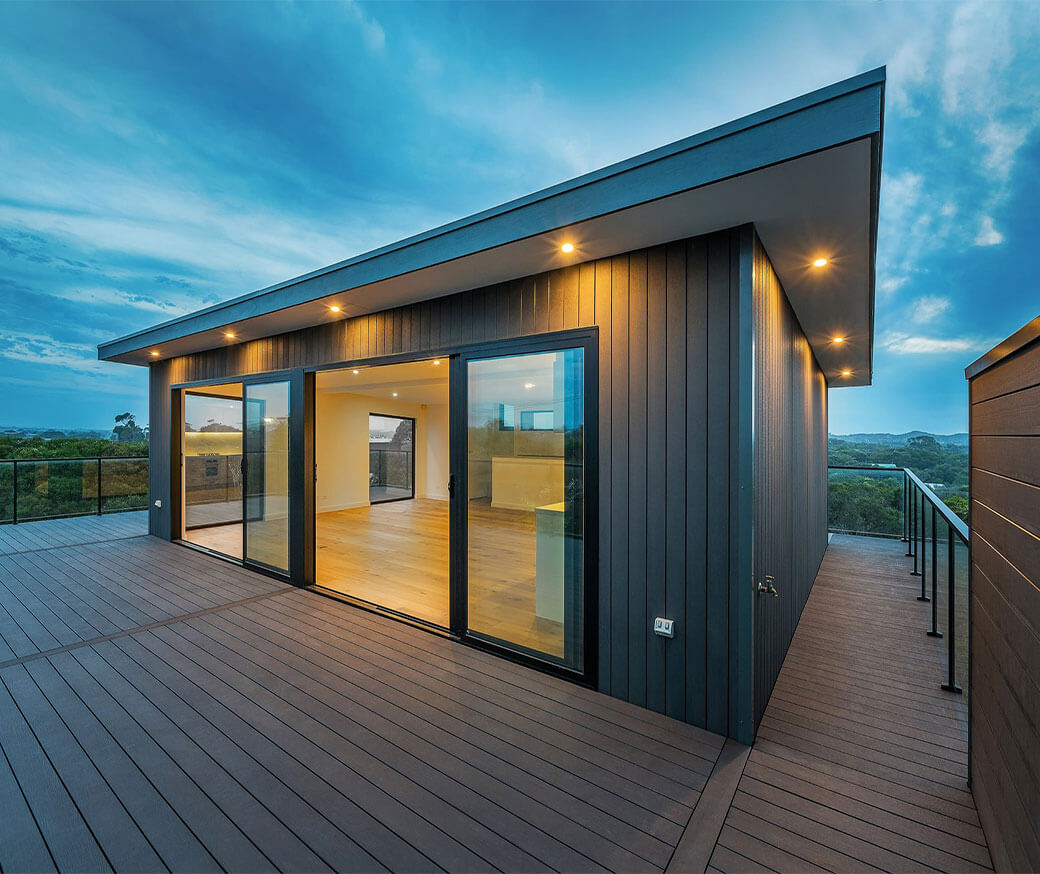
4) Crystal size and crystal form have an effect on pigment hue
The hue of pigments with the same chemical structure depends, among other criteria, on crystal size and crystal form, so pigments from different manufacturers differ in hue and they cannot be used interchangeably without re-matching. In contrast to pigments, the hue of a dye depends only on its chemical structure, and dyes of the same chemical composition synthesized by different manufacturers can be used interchangeably if they are of the same purity.
5) Pulverization and precipitation phenomenon
In addition, the full-body colored plastic profiles will be powdered and precipitated after being exposed to the weather for a long time outdoors, and the color will also change. This requires the formulation itself to be strengthened, such as the type of filler and the number of parts added, and the type of lubricant. and dosage.
But nothing is absolute, all colored items will fade, it is just a matter of time and degree. The heat absorption of whole-body colored plastic profiles is much stronger than that of white plastic profiles.
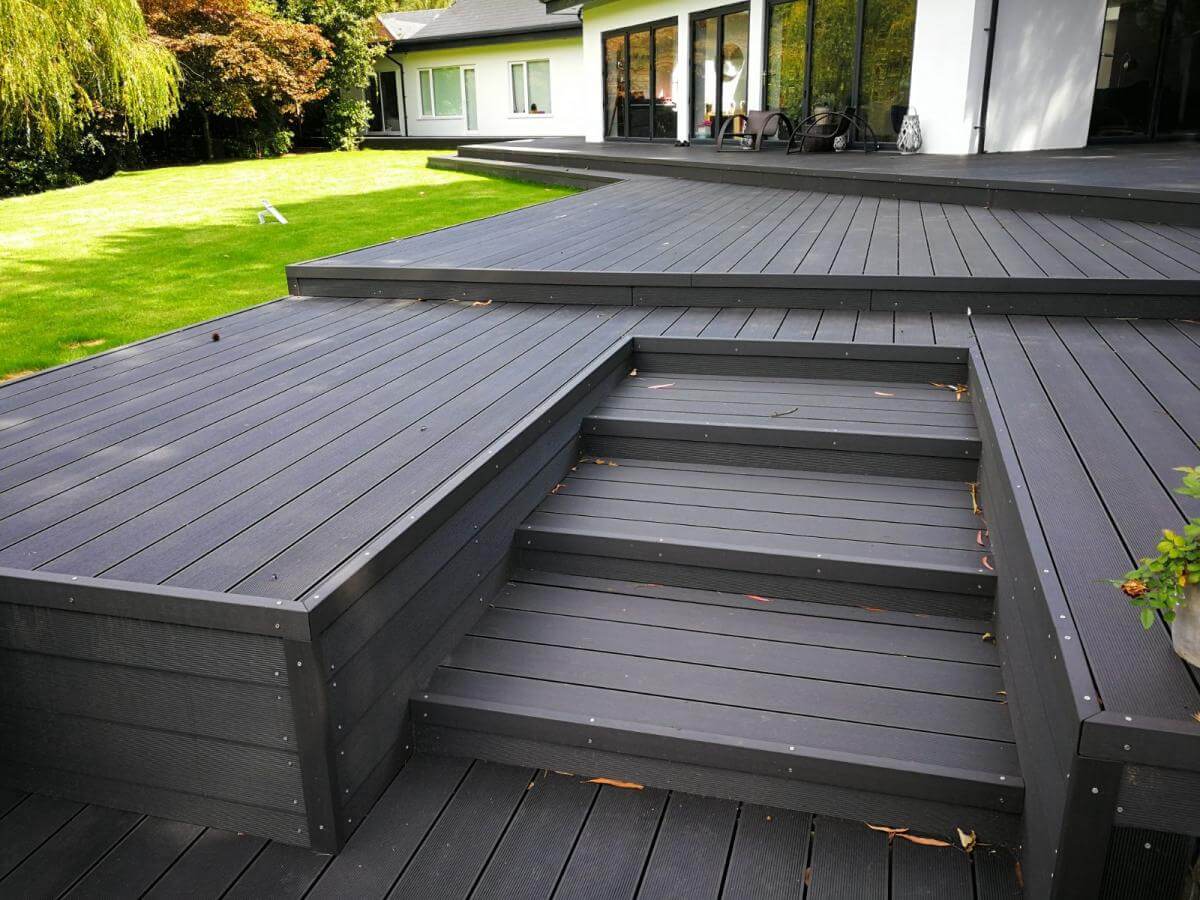
Wood-plastic decking processing process
In the production process of wood-plastic decking materials, we will first fully mix the raw materials until they are completely mixed and extrude the materials, and then add the wood-like wood grain effect to the extruded products. We can produce two kinds of composite materials, hollow wood plastic decking and solid wood plastic decking. After the product is manufactured, we will test the product to ensure that the product meets the quality requirements.
The manufacture of wood-plastic decking needs to go through multiple strict processing techniques to ensure the quality and performance of the product. The following is the processing of wood-plastic flooring:
1.Material selection: The wood-plastic decking is made of environmentally friendly materials, such as high-quality PVC, wood fiber, etc. The quality of material selection directly affects the quality of the decking.
2.Stirring: Mix the selected wood fibers and PVC materials together, add certain additives and flavoring agents, and stir through a high-speed mixer to make the materials blend evenly.
3.Extrusion: Put the mixed raw materials into the wood-plastic decking extruder, and after extrusion molding, the length of the extruded floor is generally about 3000mm, and the width is 200mm, 300mm, 400mm and so on.
4.Drying: Dry the extruded decking through a dryer, so that the floor can be cured and shaped, and can greatly reduce the moisture content of the floor, which is beneficial to the durability and environmental protection of the floor.
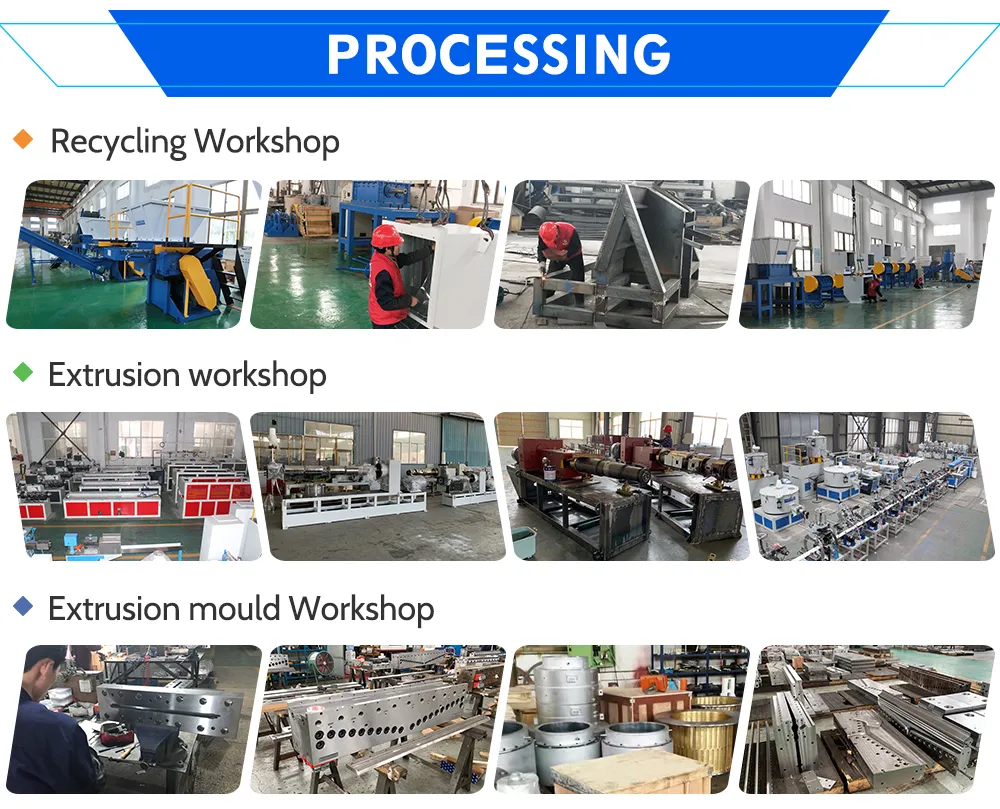
5.Embossing: The wood-plastic decking tips are embossed with texture through a fully automatic embossing machine, so that the floor can better restore the feeling of solid wood flooring, and at the same time increase the two-way strength to ensure the durability of the floor during long-term use sex and resilience.
6.Edge grinding: After embossing treatment, in order to ensure the neat and beautiful edges of the floor, edge grinding processing is carried out to make the floor more perfect.
7.Assembling: Organize and pack the edged wood-plastic floor for transportation and installation.
The processing process of wood-plastic flooring is rigorous, and the ISO14001 environmental management system and ISO9001 quality management system are strictly implemented in the production process, and the quality inspection and testing are carried out simultaneously in all aspects of production and processing.
In short, the processing technology of wood-plastic flooring is very important. Through fine processing, high-quality flooring can be produced, and the durability and aesthetics of the flooring can be improved. When purchasing wood-plastic flooring, you should also pay attention to the processing technology and quality of the flooring, and don’t sacrifice quality and environmental protection because of low prices.